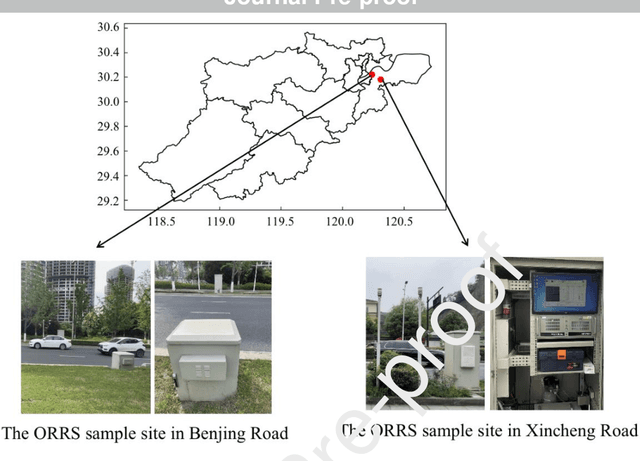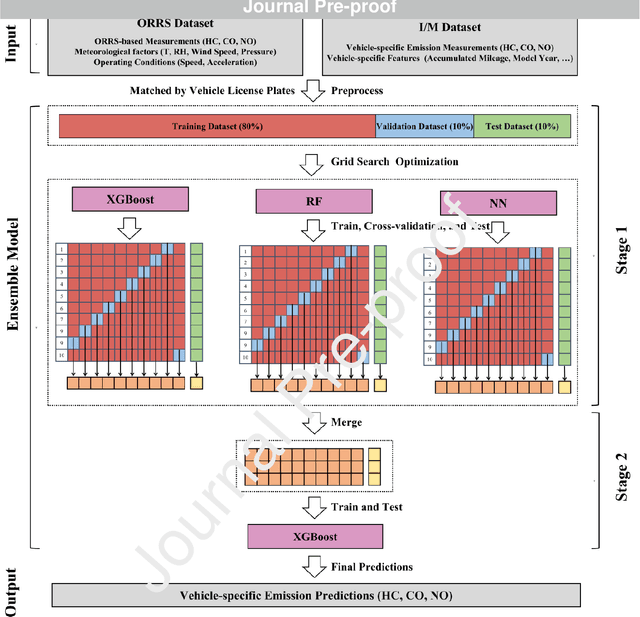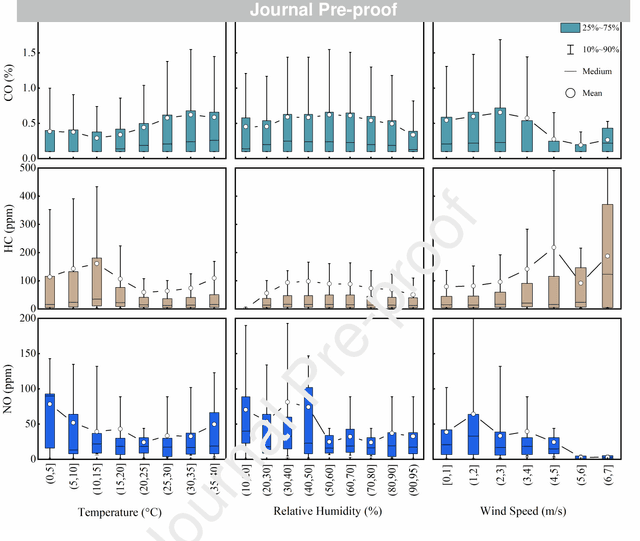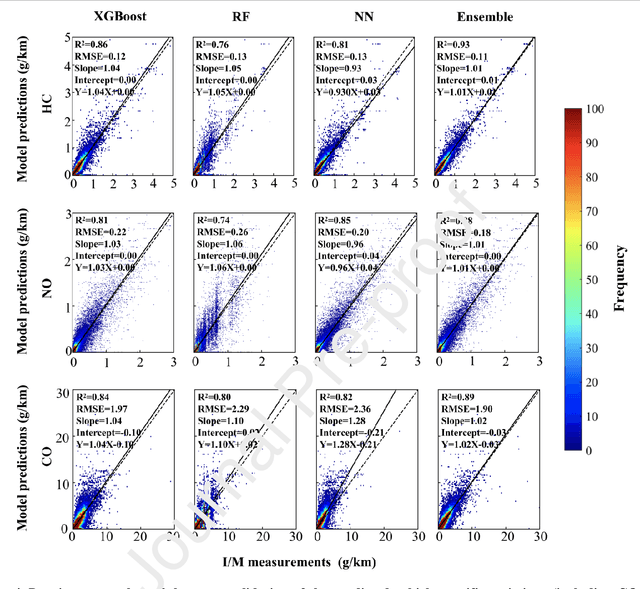Daniel Rosenfeld
Effective climate policies for major emission reductions of ozone precursors: Global evidence from two decades
May 20, 2025Abstract:Despite policymakers deploying various tools to mitigate emissions of ozone (O\textsubscript{3}) precursors, such as nitrogen oxides (NO\textsubscript{x}), carbon monoxide (CO), and volatile organic compounds (VOCs), the effectiveness of policy combinations remains uncertain. We employ an integrated framework that couples structural break detection with machine learning to pinpoint effective interventions across the building, electricity, industrial, and transport sectors, identifying treatment effects as abrupt changes without prior assumptions about policy treatment assignment and timing. Applied to two decades of global O\textsubscript{3} precursor emissions data, we detect 78, 77, and 78 structural breaks for NO\textsubscript{x}, CO, and VOCs, corresponding to cumulative emission reductions of 0.96-0.97 Gt, 2.84-2.88 Gt, and 0.47-0.48 Gt, respectively. Sector-level analysis shows that electricity sector structural policies cut NO\textsubscript{x} by up to 32.4\%, while in buildings, developed countries combined adoption subsidies with carbon taxes to achieve 42.7\% CO reductions and developing countries used financing plus fuel taxes to secure 52.3\%. VOCs abatement peaked at 38.5\% when fossil-fuel subsidy reforms were paired with financial incentives. Finally, hybrid strategies merging non-price measures (subsidies, bans, mandates) with pricing instruments delivered up to an additional 10\% co-benefit. These findings guide the sequencing and complementarity of context-specific policy portfolios for O\textsubscript{3} precursor mitigation.
Rapid Assessments of Light-Duty Gasoline Vehicle Emissions Using On-Road Remote Sensing and Machine Learning
Oct 01, 2021



Abstract:In-time and accurate assessments of on-road vehicle emissions play a central role in urban air quality and health policymaking. However, official insight is hampered by the Inspection/Maintenance (I/M) procedure conducted in the laboratory annually. It not only has a large gap to real-world situations (e.g., meteorological conditions) but also is incapable of regular supervision. Here we build a unique dataset including 103831 light-duty gasoline vehicles, in which on-road remote sensing (ORRS) measurements are linked to the I/M records based on the vehicle identification numbers and license plates. On this basis, we develop an ensemble model framework that integrates three machining learning algorithms, including neural network (NN), extreme gradient boosting (XGBoost), and random forest (RF). We demonstrate that this ensemble model could rapidly assess the vehicle-specific emissions (i.e., CO, HC, and NO). In particular, the model performs quite well for the passing vehicles under normal conditions (i.e., lower VSP (< 18 kw/t), temperature (6 ~ 32 {\deg}C), relative humidity (< 80%), and wind speed (< 5m/s)). Together with the current emission standard, we identify a large number of the dirty (2.33%) or clean (74.92%) vehicles in the real world. Our results show that the ORRS measurements, assisted by the machine-learning-based ensemble model developed here, can realize day-to-day supervision of on-road vehicle-specific emissions. This approach framework provides a valuable opportunity to reform the I/M procedures globally and mitigate urban air pollution deeply.
 Add to Chrome
Add to Chrome Add to Firefox
Add to Firefox Add to Edge
Add to Edge